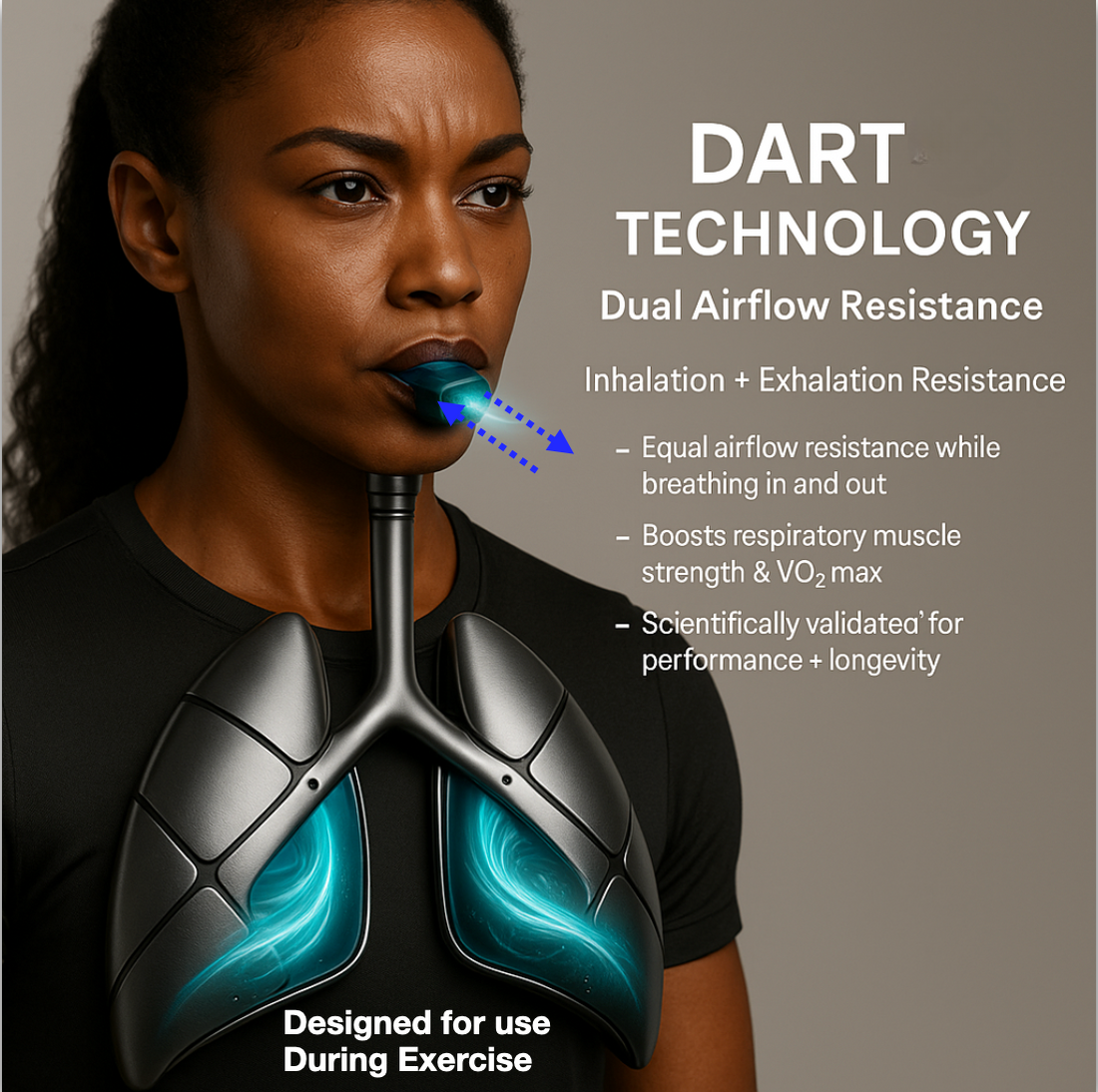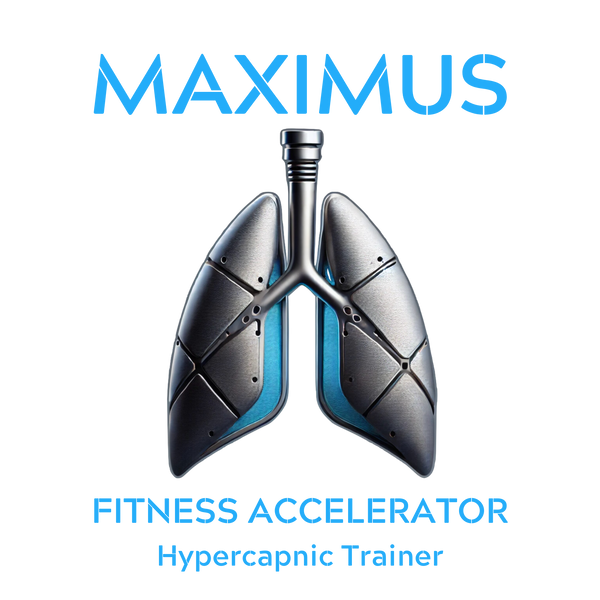
Deep Diaphragmatic Breathing Actives Parasympathetic Nervous System
Share
Deep diaphragmatic breathing, often referred to as belly breathing, is a powerful technique that engages the diaphragm fully, promoting relaxation and reducing stress. This practice has been shown to activate the parasympathetic nervous system, which counteracts the stress-induced sympathetic “fight or flight” response.
The Physiology of Deep Diaphragmatic Breathing
When you practice deep diaphragmatic breathing, several physiological changes occur:
Activation of the Parasympathetic Nervous System: Deep breathing stimulates the vagus nerve, enhancing parasympathetic activity, leading to a state of calmness and relaxation.
Reduction in Heart Rate and Blood Pressure: By promoting relaxation, deep breathing can lower heart rate and blood pressure, mitigating the physical effects of stress.
Decrease in Stress Hormones: Practicing diaphragmatic breathing can reduce cortisol levels, the primary stress hormone, thereby alleviating stress.
Improvement in Oxygen and Carbon Dioxide Exchange: Deep breathing enhances the efficiency of gas exchange in the lungs, ensuring that the body receives adequate oxygen and expels carbon dioxide effectively.
Evidence Supporting Diaphragmatic Breathing for Stress Reduction
Research has consistently demonstrated the benefits of diaphragmatic breathing:
-
A study published in Frontiers in Psychology found that diaphragmatic breathing led to significant reductions in cortisol levels and negative affect, along with improvements in sustained attention.
-
A meta-analysis in Scientific Reports concluded that breathwork practices, including diaphragmatic breathing, are effective in reducing stress and improving mental health outcomes.
-
The Cleveland Clinic notes that diaphragmatic breathing can help you relax, lower your heart rate and blood pressure, and improve muscle function during exercises.
Respiratory Muscle Training (RMT) and Stress Management
Respiratory Muscle Training (RMT) involves exercises that strengthen the respiratory muscles, enhancing breathing efficiency. This training can be particularly beneficial during exercise, as it:
Enhances Respiratory Muscle Strength: RMT improves the strength and endurance of respiratory muscles, facilitating better breathing during physical activity.
Reduces Perceived Exertion: By making breathing more efficient, RMT can lower the perception of effort during exercise, making workouts feel less strenuous.
Improves Exercise Tolerance: Strengthened respiratory muscles can delay the onset of fatigue, allowing for longer and more effective workouts.
Alleviates Stress: Efficient breathing during exercise can prevent the accumulation of stress hormones, promoting a sense of well-being post-exercise.
The MAXIMUS Device: A Tool for Enhancing Diaphragmatic Breathing
The MAXIMUS device, available at trainmaximus.com, is designed to promote deep diaphragmatic breathing through resistance training. By providing adjustable resistance during inhalation and exhalation, it strengthens respiratory muscles and encourages proper breathing techniques.
Benefits of Using the MAXIMUS Device:
Promotes Deep Breathing: The resistance encourages users to engage their diaphragm fully, fostering effective breathing patterns.
Enhances Respiratory Muscle Strength: Regular use can lead to stronger respiratory muscles, improving overall breathing efficiency.
Supports Stress Reduction: By facilitating deep diaphragmatic breathing, the device can help activate the parasympathetic nervous system, reducing stress levels.
Improves Exercise Performance: Stronger respiratory muscles can enhance endurance and reduce fatigue during workouts.
Research Supporting RMT Devices:
Studies have shown that devices like the MAXIMUS can be effective in improving respiratory muscle strength and reducing stress:
-
An article in Frontiers in Physiology highlighted that RMT is associated with improved endurance performance and pulmonary function, and it reduced respiratory fatigue, perceived exertion, or breathlessness.
-
A study in Scientific Reports found that breathwork practices, including the use of RMT devices, can be effective for improving stress and mental health.
Integrating Diaphragmatic Breathing and RMT into Daily Routine
To harness the benefits of deep diaphragmatic breathing and RMT:
-
Morning Practice: Start your day with 5-10 minutes of deep breathing exercises, using the MAXIMUS device to engage your diaphragm fully.
-
Consistent Training: Incorporate RMT into your regular workout routine to strengthen respiratory muscles and improve breathing efficiency.
-
Mindful Breathing: Throughout the day, practice mindful breathing to manage stress and maintain a state of relaxation.
-
Evening Relaxation: Use diaphragmatic breathing techniques in the evening to unwind and prepare for restful sleep.
By integrating deep diaphragmatic breathing and respiratory muscle training into your daily routine, you can enhance your body’s ability to manage stress, improve exercise performance, and promote overall well-being.
